The joint EU-US statement confirms the agreement reached on July 27 between former US President Donald Trump and European Commission President Ursula von der Leyen: a 15% US import tariff continues to apply on most EU products, while steel, aluminum, and derivative products from the EU face a 50% tariff. Additionally, there are intentions to work on a tariff-rate quota (TRQ) for EU exports and to develop protective mechanisms against global steel and aluminum overcapacity.
EUROFER Director General Axel Eggert stated that while the text remains vague, they appreciate the efforts of von der Leyen and Trade Commissioner Šefčovič to find a joint US-EU initiative on steel, aluminum, and related products. He emphasized the urgent need to restore preferential access for traditional EU steel volumes to the US market. The absence of a clear timeline and delays in implementing agreements such as the US-UK deal indicate the process may be lengthy.
Eggert also highlighted that measures to tackle global steel overcapacity require close alignment of EU and US import regimes. He noted that a highly effective new trade instrument to replace steel safeguard measures will be proposed in September. The Commission is expected to take bold steps to align the goals of the EU Steel Action Plan—which aims to protect and support domestic steel capacity—with the US agreement. Research shows an effective EU steel trade measure would have a negligible impact on steel-intensive sectors.
The August 21, 2025 joint statement noted the EU and US intend to work together to protect their internal markets from overcapacity and to cooperate on secure supply chains, including tariff-rate quota solutions, for steel, aluminum, and their derivative products.
The 50% US tariff on EU steel, along with the 15% tariff on most other products, imposes additional burdens on EU steel, as many EU exports involve steel-intensive goods like machinery and vehicles. In 2024, when a 2.5% tariff was applied, around 760,000 EU vehicles—equivalent to about 1 million tons of EU steel—were exported to the US. The new 15% vehicle tariff risks significant losses for these exports. Since the introduction of the US Section 232 measures in 2018, EU steel exports to the US dropped from 4.6 million to 3.8 million tons by 2024, with approximately 600,000 tons paying a 25% tariff. Prolonged 50% tariffs could eliminate the remaining exports entirely.
Since 2018, the EU steel industry has lost about 30 million tons due to global steel overcapacity driven by Asian, North African, and Middle Eastern countries, the effects of US Section 232, and reduced demand in steel-intensive sectors within the EU. The additional 25% US tariff imposed since March and the 50% tariff since June have further devastated the sector.
The European Commission pledged in its Steel and Metals Action Plan to propose a “highly effective steel trade instrument” by September 2025.


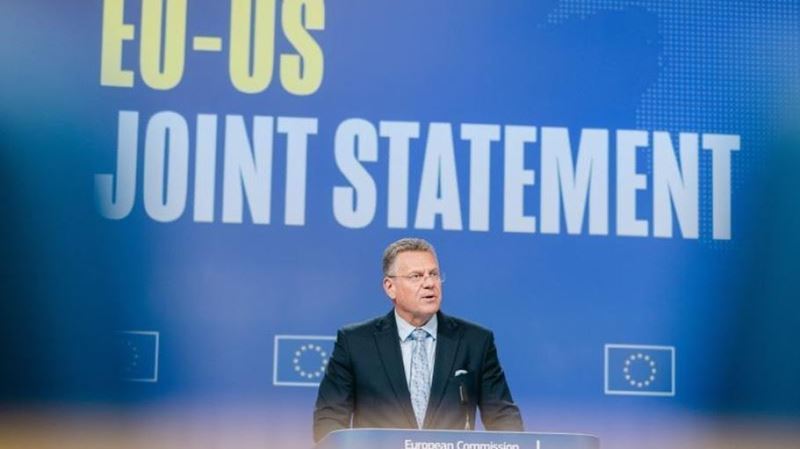

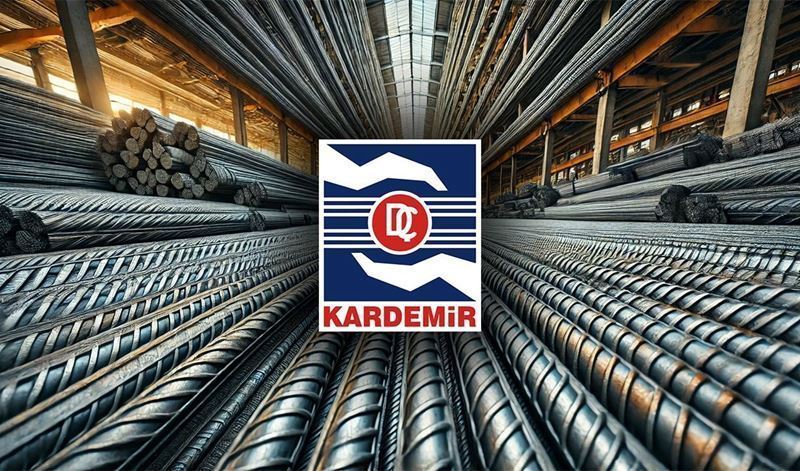
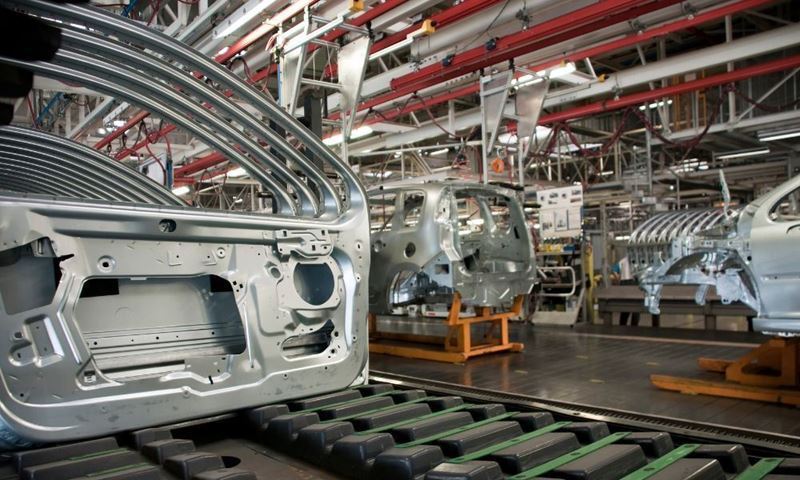
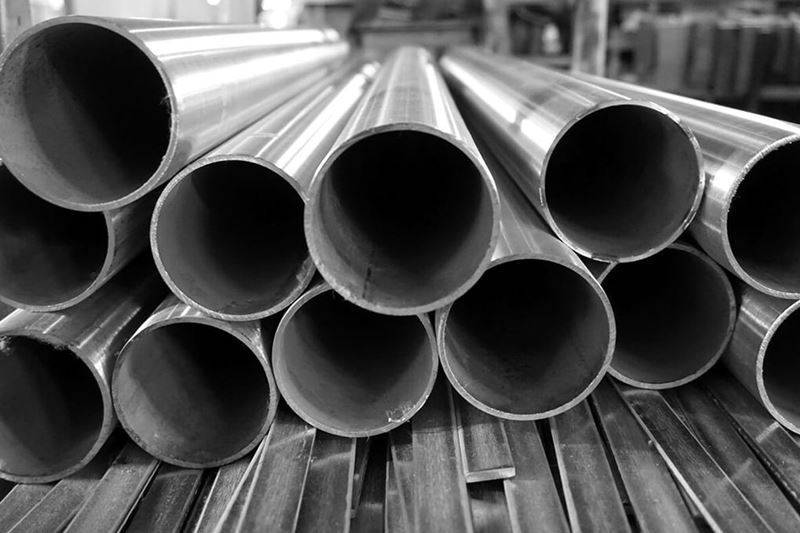
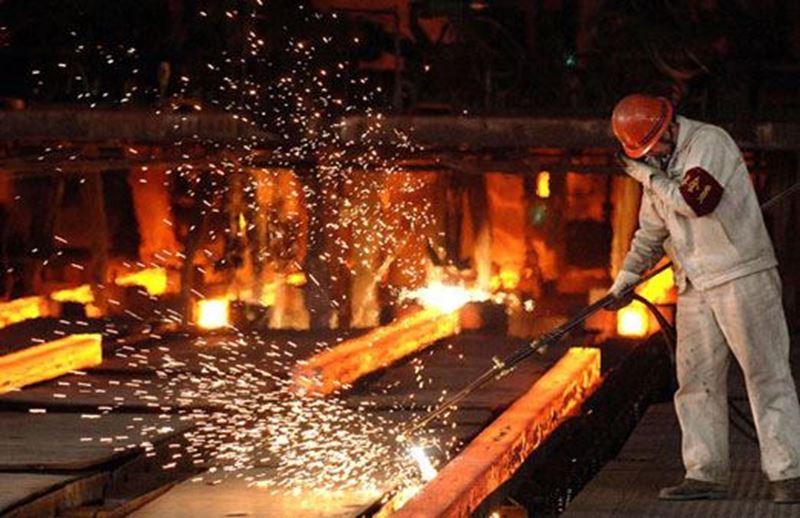

Comments
No comment yet.